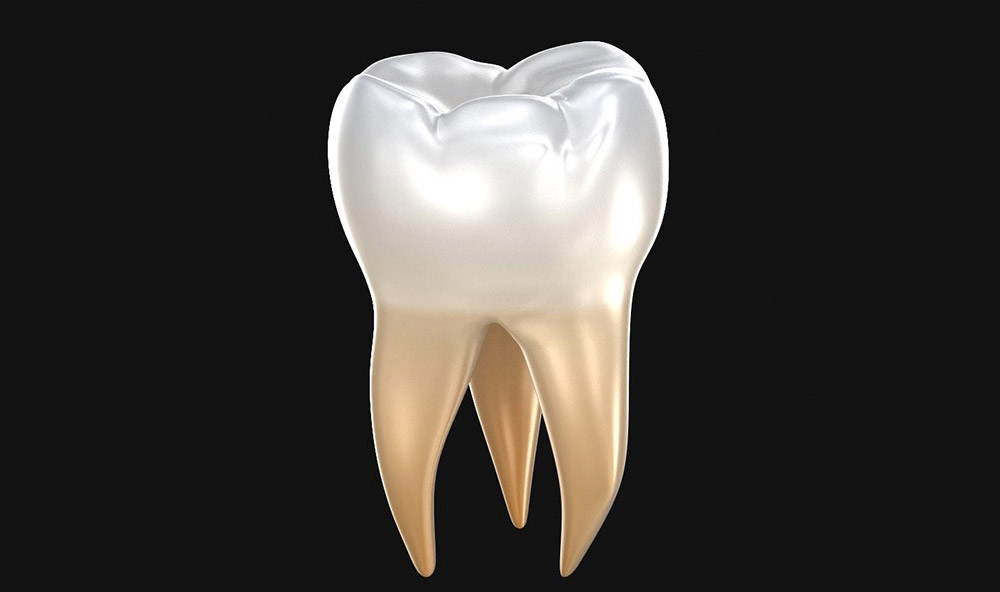Your orthodontist may talk to you about the molars during the treatment. Let’s first review some general information about teeth and then move on to the molars. Teeth are the hardest and most rigid part of the human body. Located inside the oral cavity on the maxillary and mandibular gums, teeth play a key role in eating and digesting foods.
The main function of teeth is chopping and grinding food or, in other words, the physical digestion of food.
They are also involved in speech and correct pronunciation of words. Permanent teeth are divided into 4 groups: incisors (for cutting and chopping), canines (for cutting and tearing), premolars (for crushing and grinding), and molars (for further grinding and chewing). The eruption and position of the molars are among the factors affecting orthodontic treatments.

Molar or First molar teeth
Molar teeth, also known as molars, are the last three teeth on the sides of the maxilla and mandible. There are 12 molars in our mouth, which are referred to as the first, second, and third molars. The first molars are adjacent to the second premolar.
The molars provide a large surface for chewing foods. In addition, there are several cusps on the occlusal surface of these teeth that are responsible for chopping food.
What is the structure of molar teeth
The relation between dental bones, tendons, and muscles in the jaws allows the molars to exert enough pressure for chewing and grinding foods. The eruption of molar teeth and how they are placed in orthodontics is of special importance.
The molars of herbivores such as cattle and horses have a smooth surface with very sharp edges. Molar teeth in such animals have a larger occlusal surface and are responsible for chewing fodder.
Herbivore molars are, in fact, adapted to feeding on hard and dry materials. Carnivores have larger molar teeth and a larger occlusal surface than herbivores.

Significance of molar teeth
The first molar is necessary for chewing. It also acts as a reference for the eruption of other permanent teeth and has a significant impact on the natural shape of the jaws and, as a result, the beauty of facial components. This tooth’s inappropriate eruption and growth may result in crowding or misalignment of the teeth.
If we count the teeth of the two jaws from the dental midline, the first molar is the sixth tooth on the maxillary or mandibular quarter.
This tooth starts to erupt and develop as the first permanent teeth in a child’s mouth about the age of six. That is why the first molar is also known as the six-year molar.
The first molar is necessary for chewing. It also acts as a reference for the eruption of other permanent teeth and has a major effect on the natural shape of the jaws and teeth.
Since it is common for permanent teeth to erupt after milk teeth loosen and fall out, parents can miss the eruption of the first molar as the first permanent tooth before the dentist diagnoses dental caries in the child’s molar teeth during routine dental checkups.
Wisdom tooth
Wisdom teeth are the third molar teeth. When we are 20 years old, these teeth begin to erupt on the ends of our dental arches.
The third molar teeth can cause problems due to a lack of space for tooth growth and tooth compression on dental arches. . A wisdom tooth may remain beneath other teeth or dental bones and turn into an impacted wisdom tooth, a condition which is characterized by painful and pressurized jaws and its treatment sometimes requires a surgical procedure.



